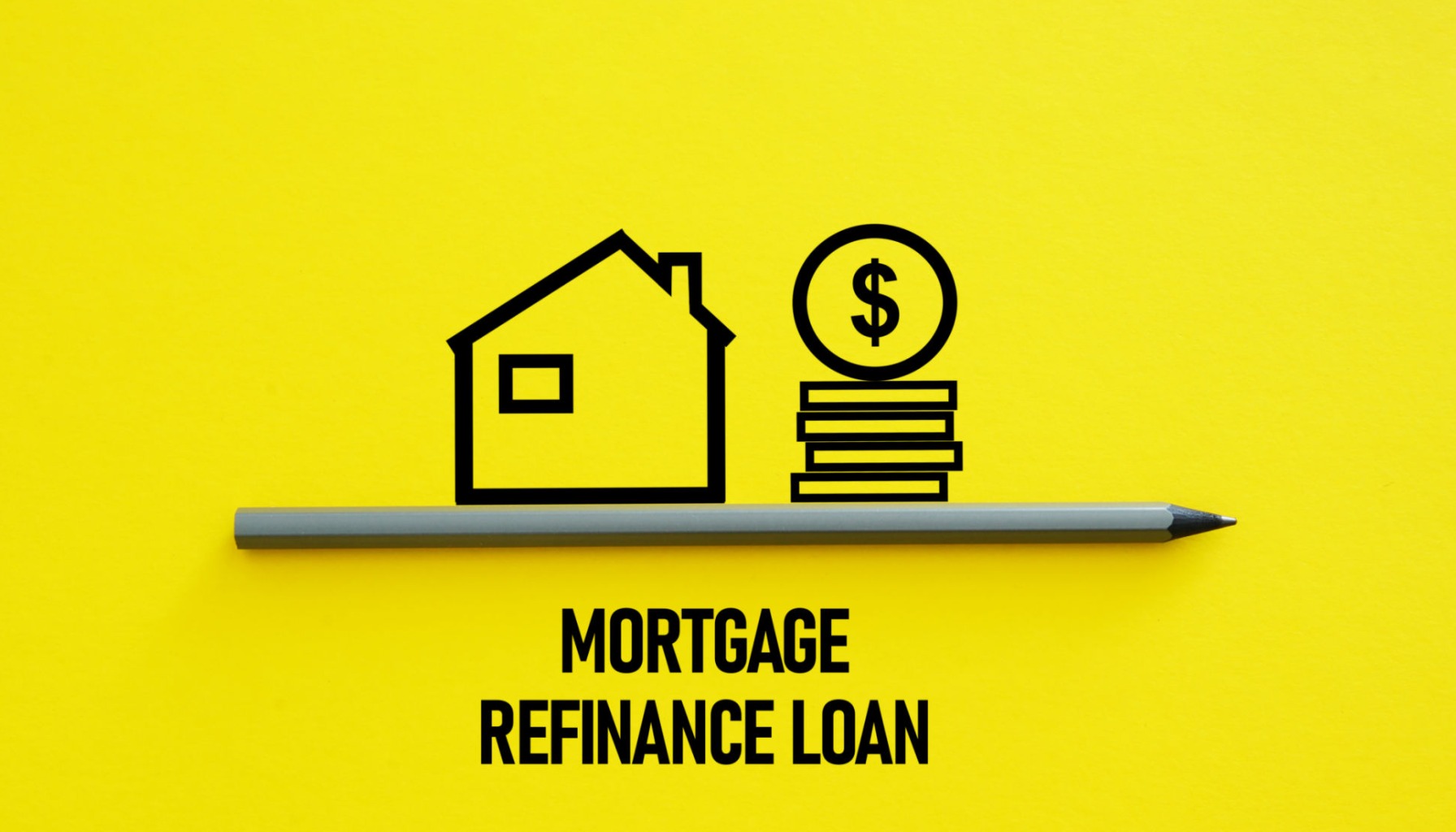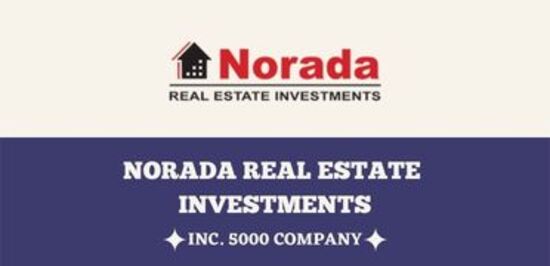As of Tuesday, November 11, 2025, the average national rate for a 30-year fixed refinance has nudged up to 6.93%, marking a 12 basis point increase from the previous 6.81%. As reported by Zillow, this means that securing a refinance at a lower rate just became a little more challenging for homeowners looking to adjust their mortgage terms. It’s a dynamic market, and even small shifts can have a significant impact on your monthly budget.
Mortgage Refinance Rates Today, Nov 11: 30-Year Fixed Rate Jumps to 6.93%
What Does This 12 Basis Point Rise Really Mean?
Let’s break down what this increase signifies in practical terms. A basis point is simply 1/100th of a percent. So, a 12 basis point increase means the rate went up by 0.12%. While this might sound small, when you're talking about mortgages, which are typically large sums of money spread over many years, it adds up.
For instance, if you were looking to refinance a $300,000 loan, a jump from 6.81% to 6.93% could translate to an extra tens of dollars each month for the life of the loan. Over 30 years, this difference can be quite substantial, potentially amounting to thousands of dollars more paid in interest. My personal experience as someone who has navigated refinancing multiple times tells me that even minor rate increases emphasize the importance of timing and understanding the true cost of borrowing.
Refinance Timing: Should You Lock In Rates Now?
The question on everyone's mind when rates start ticking up is: should I refinance now, before they climb even higher? This is a classic dilemma in the mortgage world. Zillow’s data shows that the 30-year fixed refinance rate has also risen 5 basis points from the previous week's average of 6.88%. This suggests a trend of increasing rates, not just a one-day blip.
From my perspective, if you've been contemplating a refinance, especially if your current rate is significantly higher than today's offerings, this upward trend is a strong signal to act sooner rather than later. However, it’s crucial to weigh this urgency against your personal financial situation and long-term goals. Are you planning to move in a few years? If so, the long-term savings might not be as impactful. If you plan to stay in your home for the foreseeable future, locking in a lower rate while it's still relatively accessible could be a smart move.
Exploring Your Refinance Options on November 11th
While the 30-year fixed refinance rate is grabbing headlines, don't forget to look at other options available. The market today, November 11, 2025, shows some interesting movements:
- 15-Year Fixed Refinance Rate: This popular option has seen a significant increase, climbing 25 basis points from 5.73% to 5.98%. This means that while it's still generally lower than the 30-year rate, the gap has narrowed, and the cost of refinancing for a shorter term has gone up more sharply.
- 5-Year Adjustable-Rate Mortgage (ARM) Refinance Rate: In a surprising move, the 5-year ARM refinance rate has actually decreased by 27 basis points, falling from 7.25% to 6.98%. This is a notable shift and might present an attractive option for those who are comfortable with the idea of potentially fluctuating payments down the line, or who plan to sell or refinance again before the fixed period ends.
Comparing 30-Year Fixed vs. 15-Year Refinance Options
When I'm evaluating refinance scenarios for myself or clients, I always compare the 30-year and 15-year fixed options. Here’s a quick rundown of what today’s rates suggest:
| Loan Term | Current Rate (Nov 11) | Previous Rate (Approx.) | Change | Monthly Payment Impact (Example: $300k loan) |
|---|---|---|---|---|
| 30-Year Fixed | 6.93% | 6.81% | +12 bps | Increased |
| 15-Year Fixed | 5.98% | 5.73% | +25 bps | Increased significantly |
| 5-Year ARM | 6.98% | 7.25% | -27 bps | Decreased |
As you can see, the 15-year fixed rate, while still lower than the 30-year, has become more expensive relative to where it was. The 30-year fixed rate is now very close to the 5-year ARM rate. This might make you think twice about stretching out your payments unless there's a compelling reason.
Factors Influencing Your Refinance Rate Today
It's important to remember that the rates reported by Zillow are national averages. Your personal refinance rate will depend on several key factors:
How Your Credit Score Impacts Your Refinance Rate Today
Your credit score is arguably one of the most critical components lenders consider. A higher credit score (generally 740 and above) signals to lenders that you are a lower risk, and they are more likely to offer you the best available rates. Even a small improvement in your score can result in a lower interest rate. Conversely, a lower score can mean higher rates or even difficulty qualifying for a refinance at all. I’ve seen firsthand how diligently working on improving credit can shave tenths of a percent off a rate, saving thousands over time.
The Role of Debt-to-Income Ratio in Refinancing
Your debt-to-income ratio (DTI) compares your monthly debt payments to your gross monthly income. Lenders use DTI to assess your ability to manage monthly mortgage payments. A lower DTI generally makes you a more attractive borrower. Most lenders prefer a DTI of 43% or lower, but some may have stricter requirements, especially in a rising rate environment. If your income has increased or your debt has decreased since your last mortgage, your eligibility for a better refinance rate might improve.
The Effect of Loan-to-Value Ratio on Refinancing
The loan-to-value ratio (LTV) compares the amount you owe on your mortgage to the current market value of your home. A lower LTV (meaning you owe less relative to the home's value) indicates less risk for the lender. If your home's value has appreciated significantly, or if you've paid down a substantial portion of your mortgage, your LTV will be lower, potentially leading to better refinance rates. Many lenders require an LTV of 80% or less for a refinance, or that you have at least 20% equity in your home.
Broader Economic Influences: The Impact of Inflation
When we discuss mortgage rates, especially on a day like November 11, 2025, it’s impossible to ignore the broader economic forces at play, particularly inflation. Central banks, like the Federal Reserve, often raise interest rates to combat inflation. When inflation is high, the cost of borrowing generally increases across the board. Lenders need to ensure their returns keep pace with inflation, so mortgage rates tend to rise as well. The fact that the 30-year fixed rate is nudging towards 7% suggests that inflationary pressures are still a significant concern in the market.
Recommended Read:
30-Year Fixed Refinance Rate Trends – November 10, 2025
Considering Your Refinance Goals: Pros and Cons
The decision to refinance isn’t always about chasing the lowest rate. Your personal goals should guide your decision.
Pros and Cons of Cash-Out Refinancing
A cash-out refinance allows you to tap into your home's equity by borrowing more than you owe and taking the difference in cash.
- Pros: Provides a lump sum of cash for various needs like home improvements, debt consolidation, or major purchases. It can be a convenient way to access funds.
- Cons: You'll be increasing your mortgage balance and monthly payments. The interest rate on the entire loan (including the original balance) might be higher than other loan types, and you're essentially using your home as collateral for consumer spending or investments.
Understanding Adjustable-Rate Mortgage Refinances (ARMs)
As we saw today with the 5-year ARM, these can be attractive when their initial rates are lower than fixed rates.
- Pros: Lower initial interest rate and monthly payments during the fixed period. This can be beneficial if you plan to move or refinance again within a few years, or if you expect interest rates to fall in the future.
- Cons: After the initial fixed period, your interest rate and monthly payments will adjust based on market conditions, which could lead to significantly higher costs if rates rise. It carries more risk than a fixed-rate mortgage.
Don't Forget the Costs: Refinancing Costs and Fees to Consider
Refinancing isn't free. Be sure to factor in the costs, which can include:
- Appraisal Fees: To determine your home's current market value.
- Origination Fees: Charged by the lender for processing the loan.
- Title Insurance: Protects the lender (and often you) against future claims on your property's title.
- Recording Fees: Paid to local government to record the new mortgage.
- Attorney Fees: In some states, an attorney is required to handle the closing.
It’s crucial to compare the loan estimate you receive from lenders, which will detail all these fees. My rule of thumb is to ensure that the savings from refinancing will recoup these costs within a reasonable timeframe, typically 1-4 years.
Making the Right Choice Today
The mortgage market is always in motion, as evidenced by today's activity on November 11th. While the rise in the 30-year fixed refinance rate to 6.93% might seem unsettling, understanding all your options – including the more significant jump in the 15-year rate and the dip in the 5-year ARM – is key. Consider your credit score, DTI, LTV, and your personal financial goals. Don't rush into anything without carefully evaluating the numbers and the associated costs.
“Invest Smart — Build Long-Term Wealth Through Real Estate”
Norada's team can guide you through current market dynamics and help you position your investments wisely—whether you're looking to reduce rates, pull out equity, or expand your portfolio.
Work with us to identify proven, cash-flowing markets and diversify your portfolio while borrowing costs remain favorable.
HOT NEW TURNKEY DEALS JUST LISTED!
Speak with a seasoned Norada investment counselor today (No Obligation):
(800) 611-3060
Recommended Read:
- When You Refinance a Mortgage Do the 30 Years Start Over?
- Should You Refinance as Mortgage Rates Reach Lowest Level in Over a Year?
- NAR Predicts 6% Mortgage Rates in 2025 Will Boost Housing Market
- Mortgage Rates Predictions for 2025: Expert Forecast
- Half of Recent Home Buyers Got Mortgage Rates Below 5%
- Mortgage Rates Need to Drop by 2% Before Buying Spree Begins
- Will Mortgage Rates Ever Be 3% Again: Future Outlook
- Mortgage Rates Predictions for Next 2 Years
- Mortgage Rate Predictions for Next 5 Years
- Mortgage Rate Predictions for 2025: Expert Forecast



